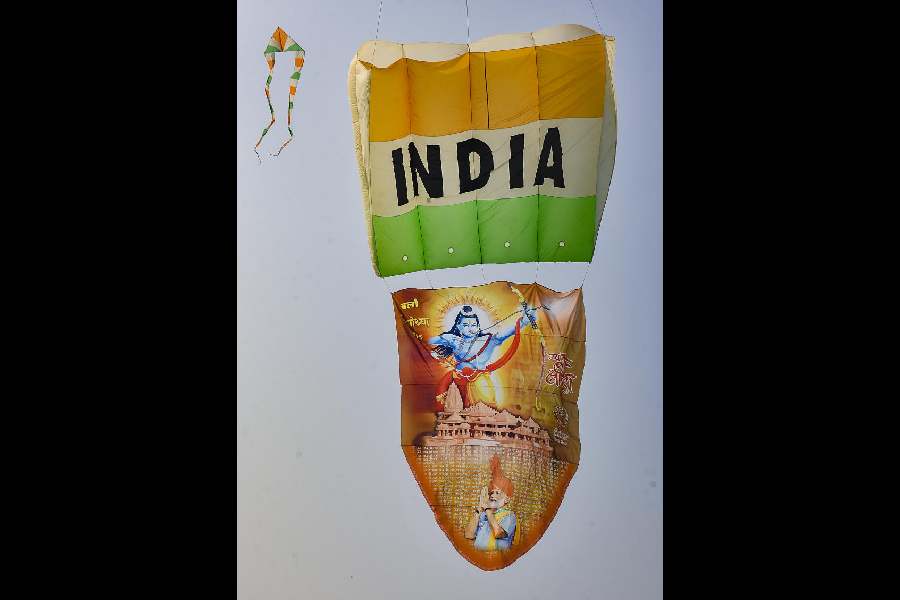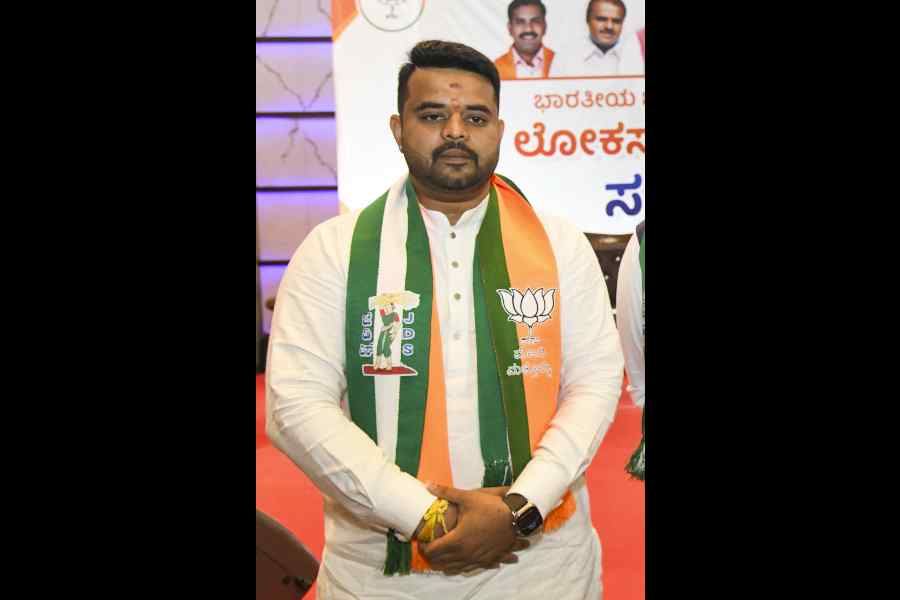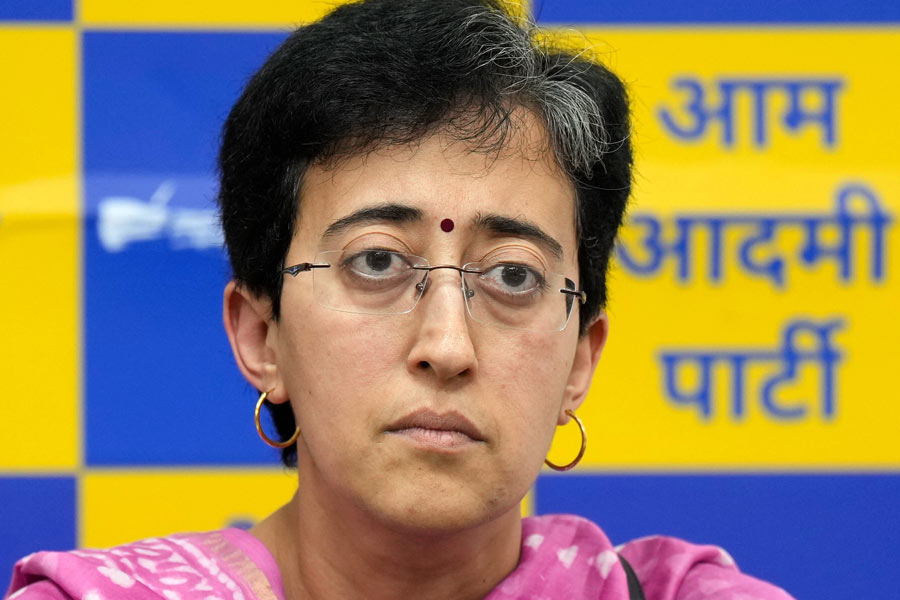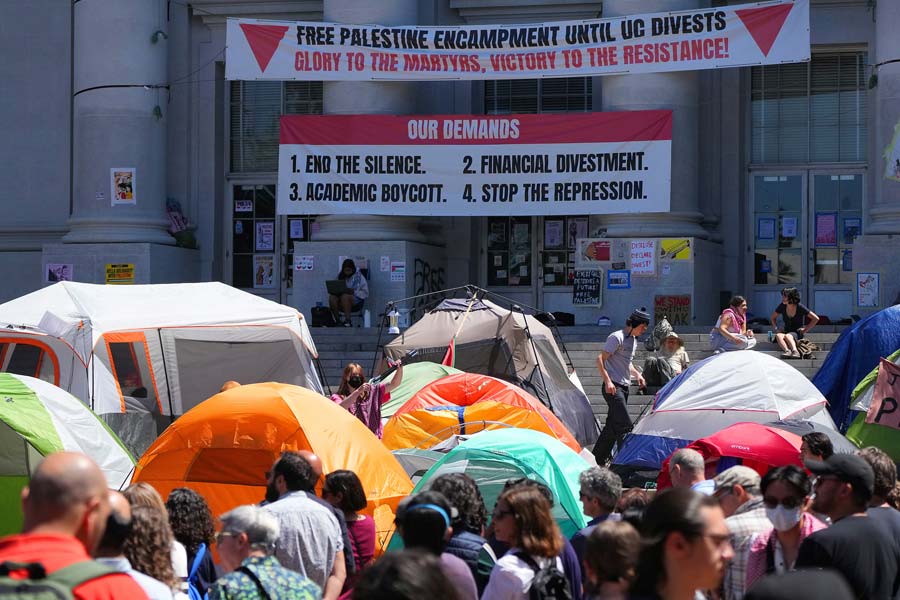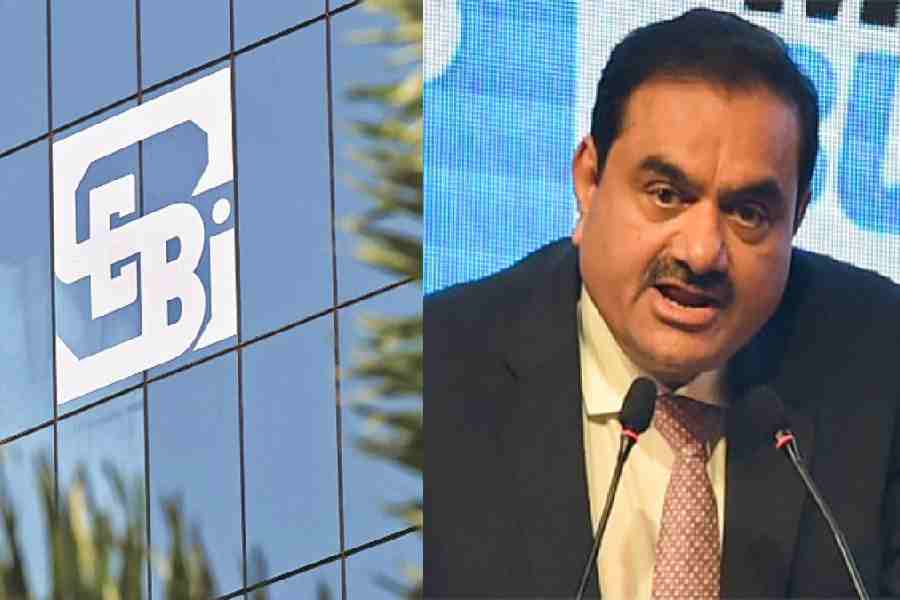What is the difference between the Bharatiya Janata Party and other Indian ruling parties, past and present? Nearly every political sin that the party’s critics accuse it of has been routinely committed by other governing parties, past and present.
Suppressing free speech, limiting the right to assembly, passing preventive detention laws that allow the State to void a citizen’s rights, using tax authorities like the Enforcement Directorate to target Opposition leaders, buying legislators to form governments, deregulating protected lands to oblige friendly, extractive tycoons, working the levers of office to squeeze money out of the business community, ordering murderous paramilitary violence in border states, deploying the police to enable pogroms, pandering to majoritarian sentiment to curb a religious minority’s freedom to worship or profess its faith — this menu of political wickedness isn’t new: it has been served up by the Congress and others during their terms in office. So what, if anything, makes the BJP different or more dangerous?
The first reason is simple. The BJP does all this more systematically than the others. This is important. The BJP uses the sinews of the State not just more effectively than, say, the Congress; it uses them more systematically. For instance, unlike other political parties that milked donors for unaccounted money for politicking, the BJP created a system of electoral bonds that made collecting these monies both legitimate and anonymous. Similarly, the BJP doesn’t merely harass and intimidate minorities by attacking minority livelihoods in the meat trade, or demolishing mosques, or making examples out of hijab-wearing girls; it designs a citizenship law that stealthily introduces a religious qualification for citizenship and twins it with a form of inquisitorial documentation, the National Register of Citizens, that places the burden of proving their citizenship on Indian Muslims.
The reason the BJP uses its policy imagination to design frameworks that will, so to speak, automate its agenda is because its agenda is transformational, not incremental. The BJP wants to re-establish the republic, to create, in effect, a second republic, while working within the institutional constraints of the first. Unlike other parties that tinker with institutional restraints to achieve room for political manoeuvre, the BJP has more ambitious plans to redesign the house that the Constituent Assembly built and, therefore, thinks like an architect, not a mason.
The BJP’s ability to act systematically in the realms of both policy and governance is partly historical happenstance: Narendra Modi came to power when the Indian State’s ability to gather data on its citizens had been supercharged by digital capacity. A system of unique identification designed by Nandan Nilekani and introduced by the United Progressive Alliance government was adopted and promoted by the BJP government as a way of both collecting information about the lives of its citizens by making it mandatory for virtually every State-facing transaction and making welfare transfers in politically-targeted ways.
The Indian State under Modi has grown to be a digital Leviathan, unconstrained in its ability to monitor its citizens. I recently bought a travel card for the Delhi Metro. Earlier, this was a simple monetary transaction at the station’s ticket window, as it is in virtually every metro system in the world. Now I needed to produce an Aadhaar card and volunteer my mobile phone number, which was duly noted in a register, before I could buy one. It is like being asked to produce a social security number to buy a Metro card in New York. The card is branded “Nation First Transit Card” and the only possible reason for linking it with a Unique Identification number is because the State wants to know when individual citizens get on and off trains. So less running the trains on time than running tabs on our times on trains.
It would be a mistake, though, to overdo the emphasis on the BJP’s digital muscles. The sangh parivar is different and more dangerous than other parties because it has done the longue durée, the long term, better than any other political organisation in the world, except the Chinese Communist Party, founded just four years before the BJP’s parent organisation, the Rashtriya Swayamsevak Sangh. Unlike the Congress, which became politically incoherent after Lal Bahadur Shastri’s untimely death, the RSS’s front organisations always had a political project that could be summarised in a short sentence: the founding of a Hindu rashtra. The second sentence went without saying: the foundations of this Hindu State will be pile-driven into a substratum made up of compacted minorities.
When the Congress failed to deliver the jobs that should have been the overriding concern of any Indian government, and after the Mandal moment was undercut by the coalition stratagems of the BJP and the Congress, the iconic appeal of the Ram mandir mobilisation and Modi’s sanguinary charisma offered a clarity that transcended the corruption of retail politics.
In the decade that Modi has been prime minister, his talent for the spectacular and the mirror world of social media have produced an arena where Indians can be engaged and, more importantly, be seen to be engaged, in Modi’s version of nationalist politics. Film stars marking their roll call at the Ram mandir’s pran pratishtha, toughs beating up a hapless imam, municipal employees razing a mosque in Mehrauli, RWA uncles policing political opinions, householders hoisting the temple standard, the professor promising to reclaim 40,000 mosques for Hinduism, are exalted by a sense of victorious fellowship; they’re surfers riding Hindutva’s building wave.
Crucial to the menace of the present moment is the performative satisfaction that acting out Hindutva brings. The successful film-maker who disparages a Muslim as a “puncturewala” on X, the television anchor who gives herself up to an ecstasy of partisanship, the influencer who taunts Muslims with jibes about their prophet, all of them experience the adrenalin rush that public bullying brings. They are ‘publishing’ themselves, tweet by tweet and one Instagram post at a time, for the greater glory of Hindutva. It’s a surreal combination: narcissism in the service of nationalism.
The sangh’s aim was, first, to make the nizam, the State, majoritarian and then to encourage the awam, the People, to act out their fealty to this all-powerful patron. As we approach the general election, we are firmly in the second stage of this process. Like the Mao-intoxicated snitches of the Cultural Revolution, Modi’s legions are turning upon the ‘enemy’ within. In their involuted world, they can do this remotely, on their phones. Thus do these virtual vigilantes pass as concerned citizens; only by producing solidarities in the real world can partisans of the first republic show them up to be the poseurs that they are.
mukulkesavan@hotmail.com

